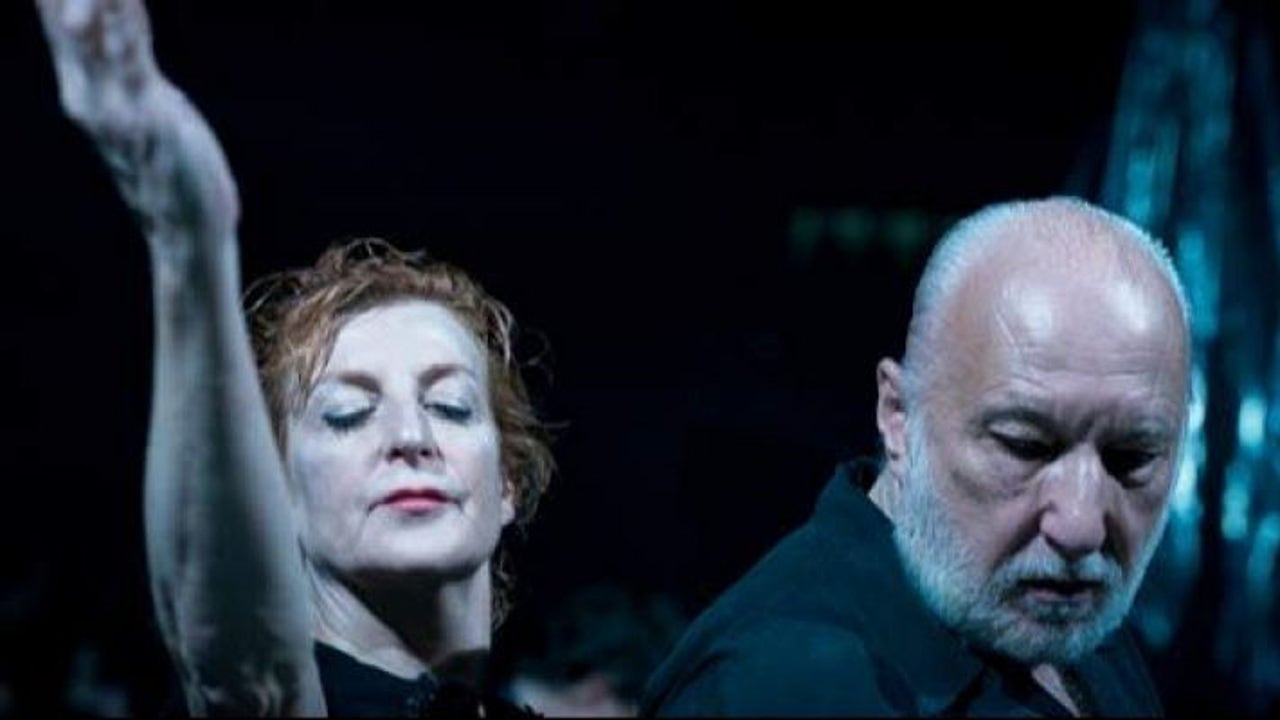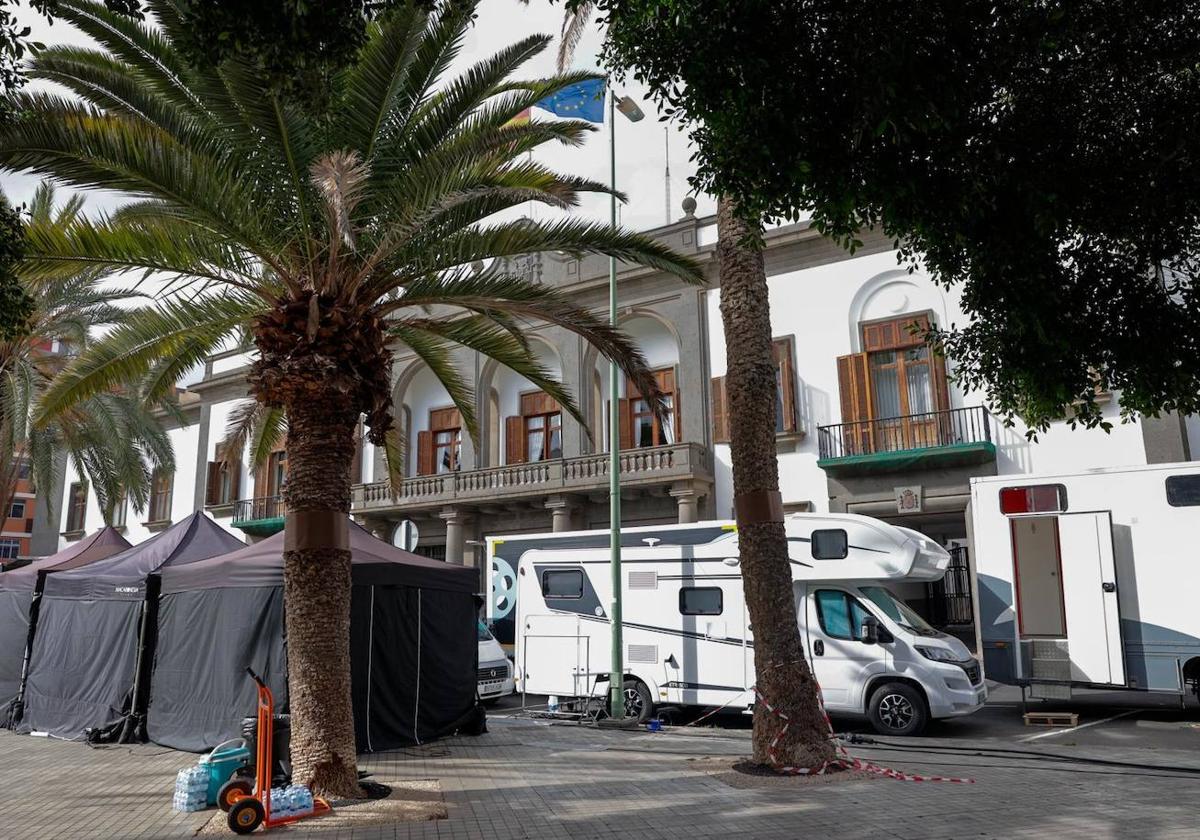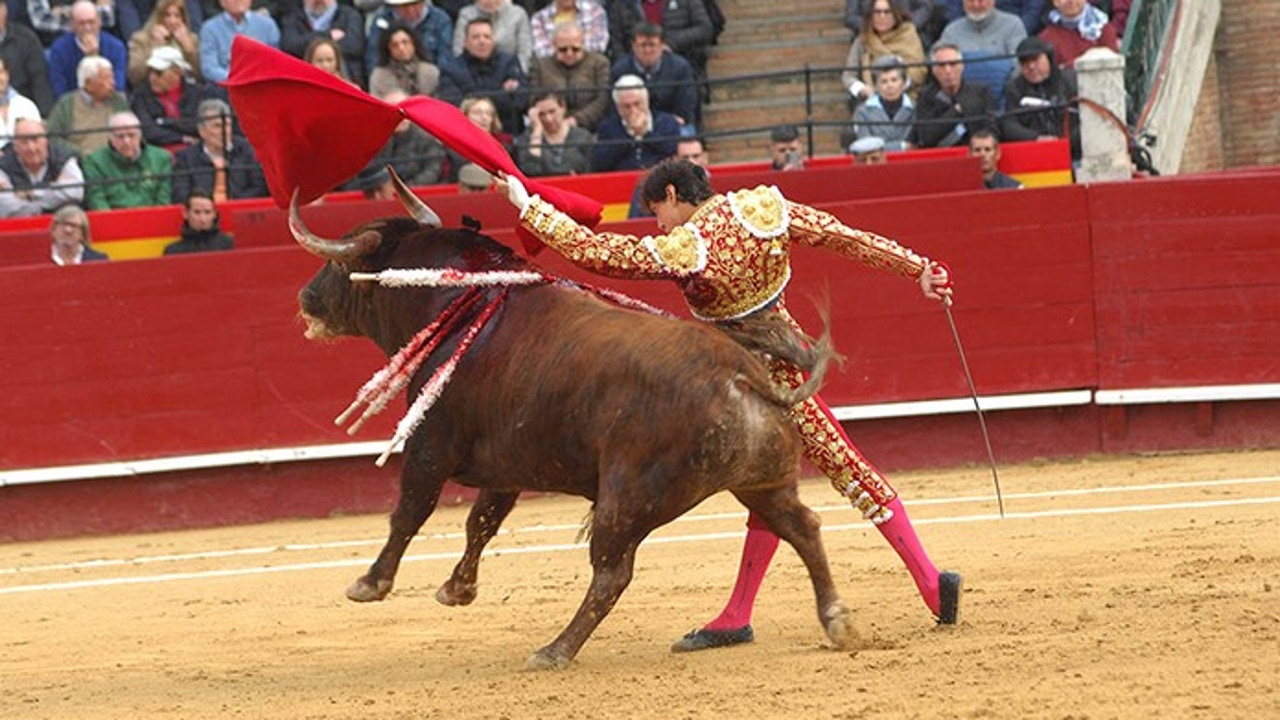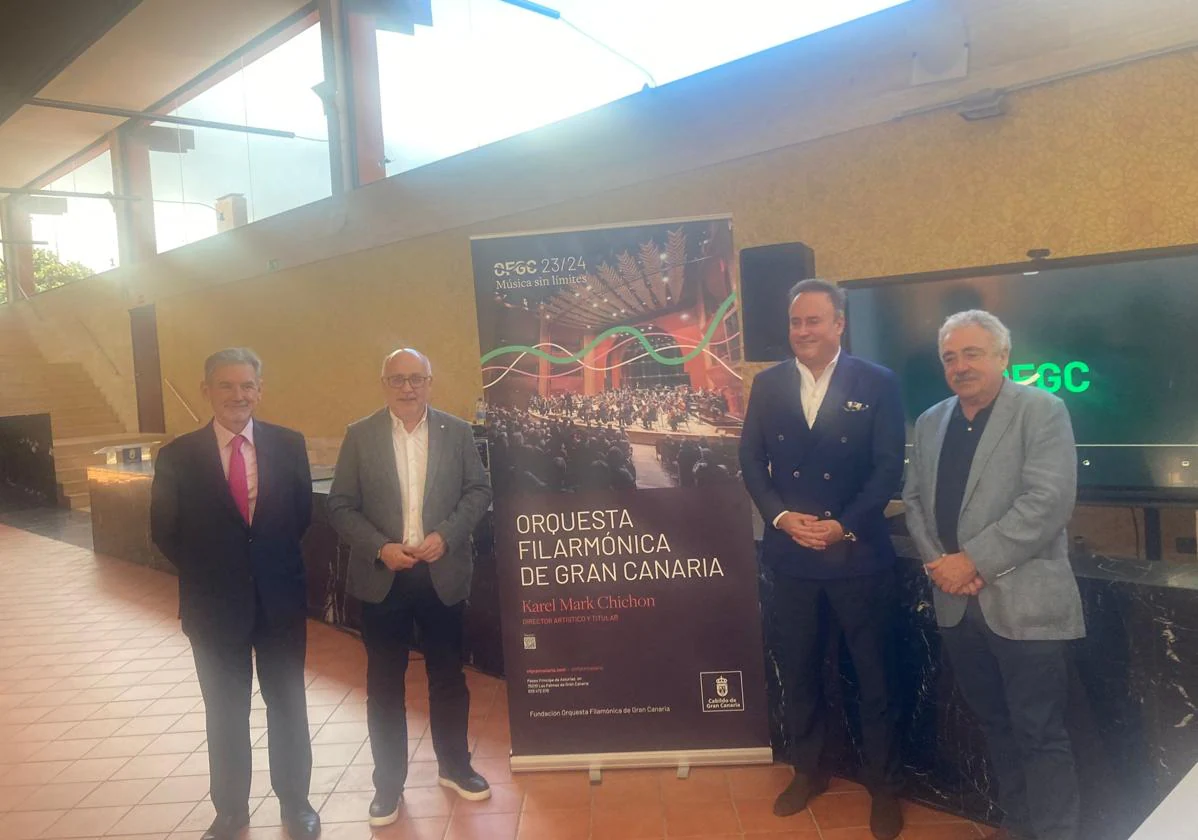Flamenco Biennial: Music for sailors | Culture


After twenty-one days and more than sixty shows, the XX edition of the Sevillian Biennial chose a unique and unprecedented place for its closure: its fluvial port, between tall stowage cranes and solid containers. The reason: the organization had commissioned the pianist Dorantes a work to close the cycle that, at the same time, has served as portico for the celebration, next year, of the V Centenary of the circumnavigation of Magallanes, which departed just from these docks. An industrial environment, from which the river was not visible, for a musical composition that would evoke the adventures of the sailors and their harsh vicissitudes in such a long journey.
Dorantes is part of an undeniable family flamenco roots and, although his music transmits contemporaneity, he never forgets the heritage of his elders. In his piano the intimate tone with the grandiloquent one is combined, the lyricism with the epic tendency, traits that would be present throughout this new work. The same as they did, because that is their natural language, certain rhythmic and melodic structures typical of a genre such as flamenco, which enjoys styles and accents for the expression of both pains and joys, of calm as of boiling.
What better than some tanguillos of Cádiz to transfer the restlessness of the game, the enumeration of the provisions that load in the naos. Or the seguiriya to express the desolation, the doubts or the same death during the odyssey. They also sang cantiñas, soleares and bulerías, always fulfilling the expressive needs of the narration. A trusted friend of the family of the pianist, Casto Márquez, an essential collaborator in works by Juan Peña, has put the order in order Lebrijano. In fact, the shadow of the cantaor appeared like a mirage at some point of the concert. He also tackled another feat, that of discovery in his work Earth.
The pianist moves with sensitivity in what constitutes his natural language and, at the same time, opens spaces for a greater expression. An orchestra entirely of strings supports its intention adding intensity and a certain dramatic sense in certain passages. In others, the composition found a fundamental support in the multiple percussions of Antonio Moreno, capable of infinite work, including the move to that other hemisphere to which the navigators arrived. The participation of a Flemish choir also contributed to the articulation and understanding of history. Music by itself already carries the vicissitudes of an adventure narrated in a flamenco way and with a rigor and magnificence that broadens the limits of the genre and dignifies it as few things can do. Magellan and Elcano opened new paths for the known world, and with this composition there is no doubt that they also open.











